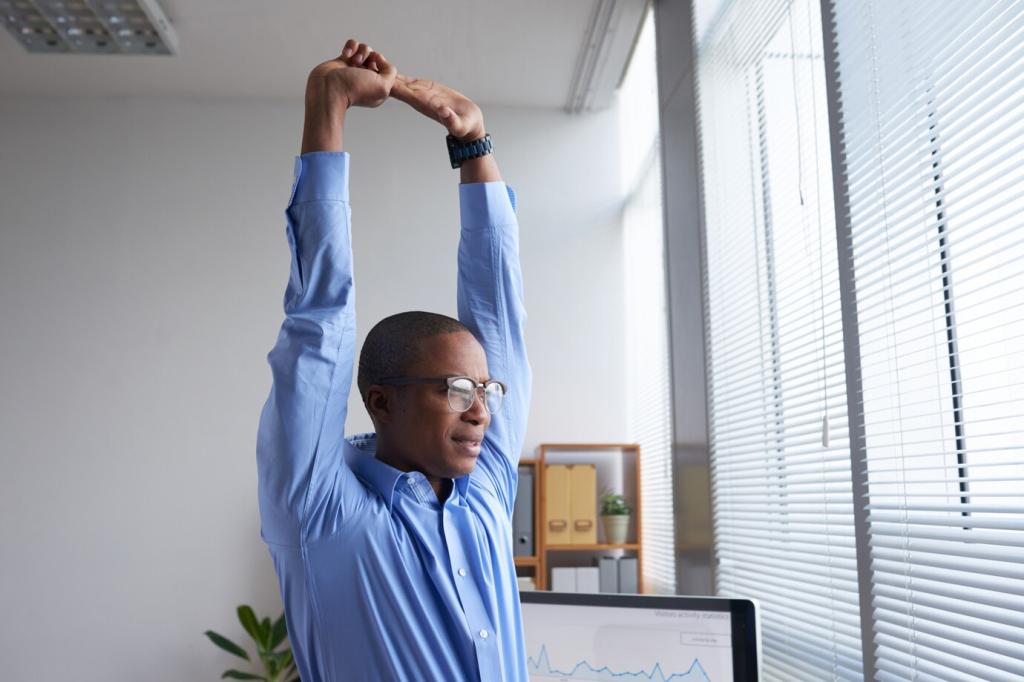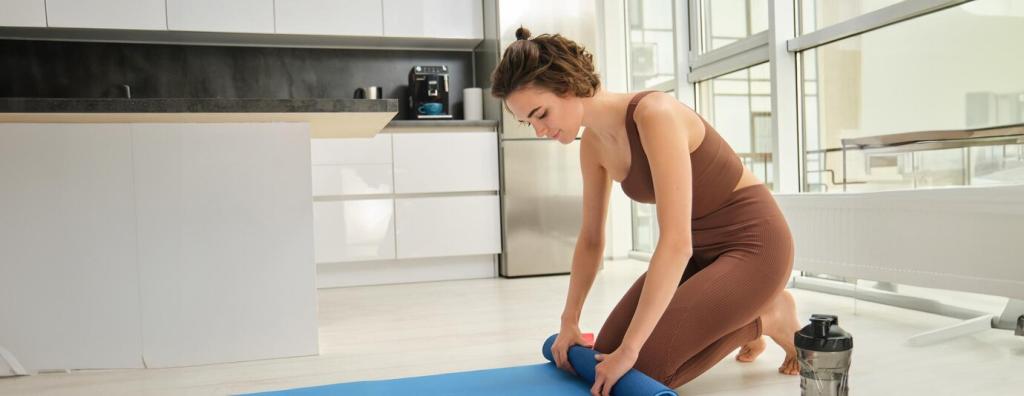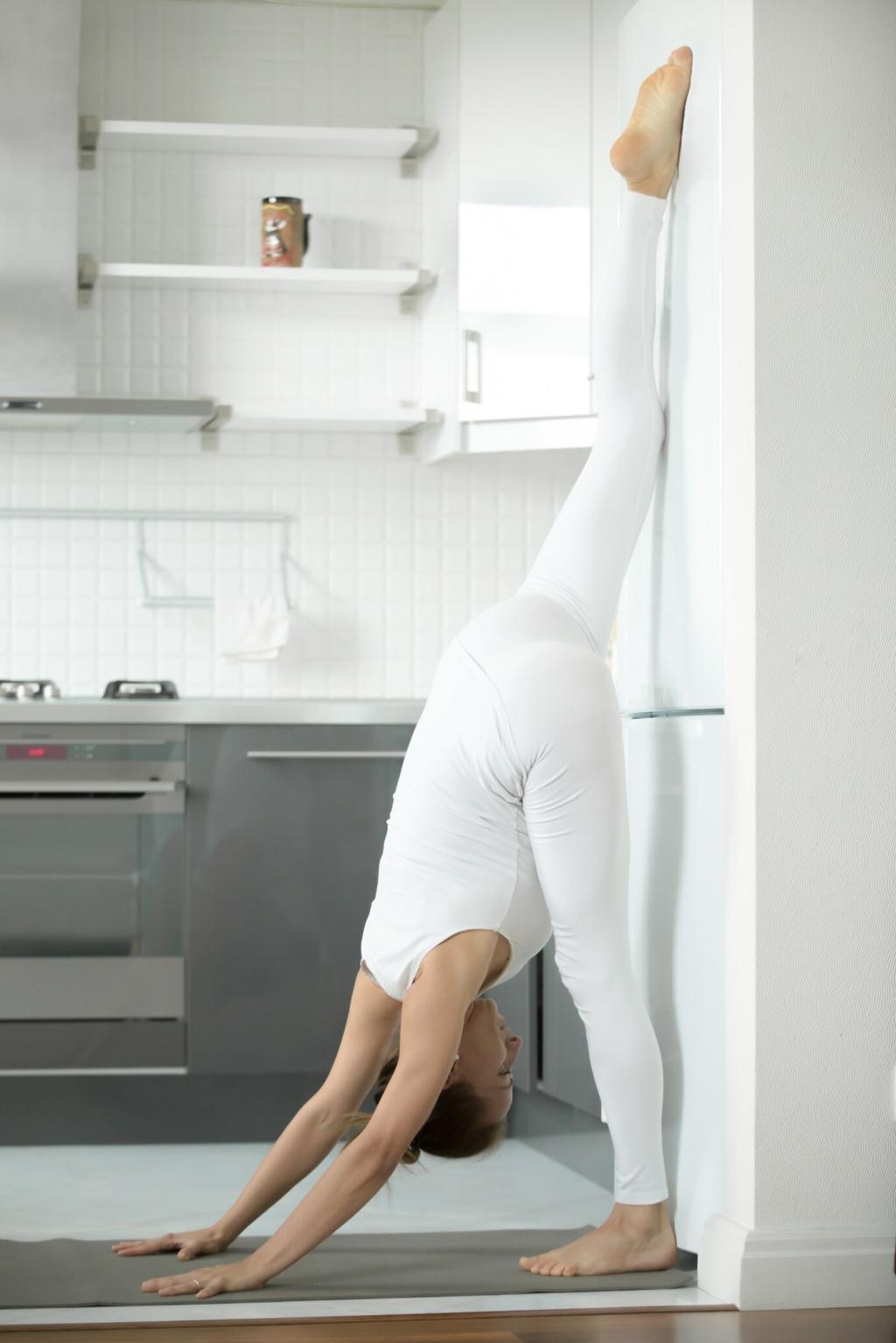
Standing Desks and Ergonomic Health: What You Need to Know
Chosen theme: Standing Desks and Ergonomic Health: What You Need to Know. Discover how standing desks, smart posture habits, and mindful movement can transform your daily energy, comfort, and long-term wellbeing at work and at home.


Why Standing Desks Matter for Ergonomic Health
Long hours of sitting can contribute to stiffness, fatigue, and reduced blood flow. Alternating between sitting and standing encourages gentle movement, supporting circulation and comfort while helping you stay engaged through natural posture changes across the day.
Why Standing Desks Matter for Ergonomic Health
Evidence consistently links prolonged sitting with discomfort and lower energy, while changing postures can ease muscle strain. Balanced sit-stand habits help reduce neck and back tension by allowing your body to avoid static positions for extended stretches.
Getting the Height and Posture Right
Keep shoulders relaxed, wrists straight, and elbows near 90–100 degrees so forearms rest comfortably. A neutral spine reduces strain, while allowing small adjustments throughout tasks prevents tension from building across your neck and lower back.
Choosing a Standing Desk That Fits You
Electric desks make frequent transitions effortless, encouraging consistency. Manual options can be budget-friendly and reliable. Consider how often you plan to switch postures and choose a mechanism that supports your real daily routine.
Confirm the height range covers comfortable sitting and standing for your stature. Test stability to avoid monitor wobble, and consider noise if you share a space. Smooth, quiet travel helps you change positions without breaking concentration.
Assess cable reach, wall clearance, and legroom. A slightly deeper desk can improve monitor placement and wrist comfort. Share your room dimensions with the community for suggestions, and subscribe to get our printable measuring checklist.

Anti-Fatigue Mats and Foot Rests
A good mat cushions joints and encourages subtle shifts. Textured options invite foot movement that keeps calves active. Foot rests help vary knee angles, reducing pressure and giving you more postures without interrupting your focus or flow.
Sit-Stand Stools for Active Support
Perching stools bridge sitting and standing, offloading some body weight while keeping your core engaged. They make transitions easier, reduce heel pressure, and encourage upright posture during creative bursts, quick calls, or when reviewing long documents.
Keyboards, Mice, and Footwear Choices
Split keyboards and low-profile mice can reduce wrist extension. Comfortable, supportive shoes matter while standing, even at home. If you prefer barefoot, pair with a mat that cushions and supports natural foot movement without slipping.


Building a Sustainable Sit-Stand Routine
Alternate every 30–60 minutes, adjusting based on comfort. If standing feels tiring, shorten intervals and increase gradually. The goal is consistency, not endurance. Notice what tasks suit standing best and share your discoveries with fellow readers.
Building a Sustainable Sit-Stand Routine
Pair standing transitions with brief stretches: open your chest, roll your shoulders, and flex hips. Set reminders tied to real tasks, like email breaks or meeting switches, so movement fits naturally instead of disrupting your momentum.
Real-Life Stories and Lessons
Alex used to crash around 3 p.m. A sit-stand routine during email bursts revived energy without extra coffee. With posture tweaks and an anti-fatigue mat, headaches eased. Share your toughest time of day and we will test strategies together.
Common Mistakes to Avoid
Marathon standing can strain feet and lower backs. Balance beats extremes. Aim for comfortable cycles, layering movement and breaks so your body stays refreshed while your focus remains sharp throughout demanding projects or creative sprints.
